-
 bitcoin
bitcoin $115771.218011 USD
1.55% -
 ethereum
ethereum $4525.929698 USD
3.55% -
 xrp
xrp $3.056907 USD
2.05% -
 tether
tether $1.000029 USD
-0.02% -
 solana
solana $232.736774 USD
3.40% -
 bnb
bnb $905.503212 USD
1.44% -
 usd-coin
usd-coin $0.999161 USD
-0.06% -
 dogecoin
dogecoin $0.262684 USD
6.54% -
 tron
tron $0.349000 USD
2.26% -
 cardano
cardano $0.905054 USD
2.00% -
 hyperliquid
hyperliquid $56.739399 USD
1.35% -
 chainlink
chainlink $24.562083 USD
3.71% -
 ethena-usde
ethena-usde $1.000811 USD
-0.01% -
 sui
sui $3.679694 USD
1.75% -
 stellar
stellar $0.397973 USD
2.45%
Do I have to sell when the price touches the upper Bollinger Band?
The upper Bollinger Band signals potential overbought conditions in crypto, but alone isn’t a reliable sell trigger—context like trend strength and volume is crucial.
Sep 10, 2025 at 10:54 am
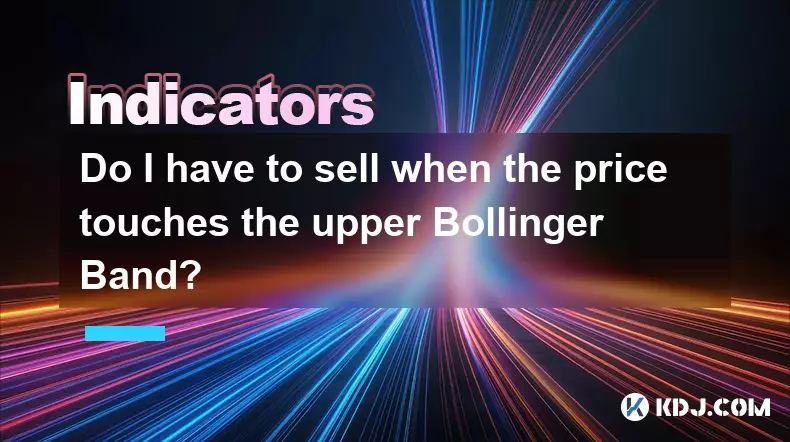
Understanding the Upper Bollinger Band in Crypto Trading
1. The upper Bollinger Band is a technical indicator that represents a level of resistance based on standard deviations from a moving average, typically over 20 periods. It expands and contracts with market volatility, making it particularly useful in the highly volatile cryptocurrency markets.
2. When the price of a cryptocurrency touches or exceeds the upper Bollinger Band, it often signals that the asset may be overbought. This condition suggests strong upward momentum but does not automatically imply a reversal or a sell signal.
3. Traders must consider the broader context, including volume, market sentiment, and concurrent indicators such as RSI or MACD, before interpreting a touch of the upper band as a definitive sell opportunity.
4. In strong uptrends, prices can ride along the upper band for extended periods, indicating sustained bullish pressure rather than an imminent pullback. Dismissing this behavior could lead to premature exits from profitable positions.
5. Touching the upper Bollinger Band alone is not a reliable sell signal; it should be evaluated alongside other confirming factors to avoid false assumptions about market exhaustion.
Common Misconceptions About Bollinger Bands in Crypto
1. Many new traders assume that any contact with the upper band necessitates selling, believing overbought equals reversal. This mechanical approach ignores trend strength and market structure.
2. Cryptocurrency markets often exhibit parabolic moves where assets remain overbought for long durations. Bitcoin’s bull runs in 2017 and 2021 demonstrated how prices can surge past traditional overbought thresholds without immediate correction.
3. Bollinger Bands are dynamic, not static levels. Their width adjusts with volatility, meaning a touch during low volatility carries more weight than during high-volatility breakouts.
4. Relying solely on Bollinger Bands without confirmation from volume spikes, candlestick patterns, or divergence on oscillators increases the risk of misreading short-term fluctuations as trend reversals.
5. The belief that upper band contact demands action is a flawed interpretation; successful trading requires contextual analysis beyond single-indicator triggers.
Strategies for Using Bollinger Bands Effectively
1. Combine Bollinger Bands with the Relative Strength Index (RSI). If the price hits the upper band and RSI crosses above 70, it strengthens the overbought case, though even then, caution is warranted in strong trends.
2. Monitor for 'Bollinger Squeeze' setups, where bands contract tightly before a breakout. A breakout above the upper band following a squeeze can signal the start of a powerful move, not its end.
3. Use price action confirmation—such as rejection wicks at the upper band or bearish engulfing candles—to validate potential reversal points before initiating sell orders.
4. Consider moving to higher timeframes for confirmation. A touch on the 15-minute chart may be insignificant compared to alignment with daily or weekly Bollinger levels.
5. Effective use of Bollinger Bands involves integration with other tools and price behavior analysis, not isolated reactions to band contact.
Frequently Asked Questions
What does it mean when price walks up the upper Bollinger Band?It indicates strong bullish momentum. In trending markets, especially in crypto, prices hugging the upper band reflect sustained buying pressure and do not necessarily signal weakness or an upcoming reversal.
Can I buy when price touches the lower Bollinger Band?Not automatically. While the lower band can indicate oversold conditions, in downtrends, repeated touches suggest continued selling pressure. Confirmation through reversal patterns or divergences is essential before considering entry.
How often do reversals occur after touching the upper band?There is no fixed frequency. In ranging markets, reversals are more common after upper band touches. In trending environments, continuation is more likely. Historical backtesting on specific assets can provide probabilistic insights.
Should I adjust the Bollinger Band settings for crypto trading?The default 20-period SMA and 2-standard deviation settings work well for many, but some traders modify them to suit volatility. For instance, using a 50-period MA on higher timeframes can smooth out noise and improve reliability.
Disclaimer:info@kdj.com
The information provided is not trading advice. kdj.com does not assume any responsibility for any investments made based on the information provided in this article. Cryptocurrencies are highly volatile and it is highly recommended that you invest with caution after thorough research!
If you believe that the content used on this website infringes your copyright, please contact us immediately (info@kdj.com) and we will delete it promptly.
- Binance Alpha Lists STBL Token: A New Era for RWA-Backed Stablecoins?
- 2025-09-12 16:25:12
- Indonesia Grapples with Deepfakes: The Push for AI Regulation
- 2025-09-12 16:25:12
- Dogecoin ETF Ignites Bullish Momentum: Will DOGE Hit $0.39?
- 2025-09-12 16:30:01
- Bitcoin Fees, Security, and Dennis Potter: A New Yorker's Take
- 2025-09-12 16:30:01
- XRP ETF Watch: Canary in the Coal Mine or SEC Holding Pattern?
- 2025-09-12 16:30:01
- Dogecoin Price, Remittix, and Expert Predictions: What's the Real Deal?
- 2025-09-12 16:30:13
Related knowledge
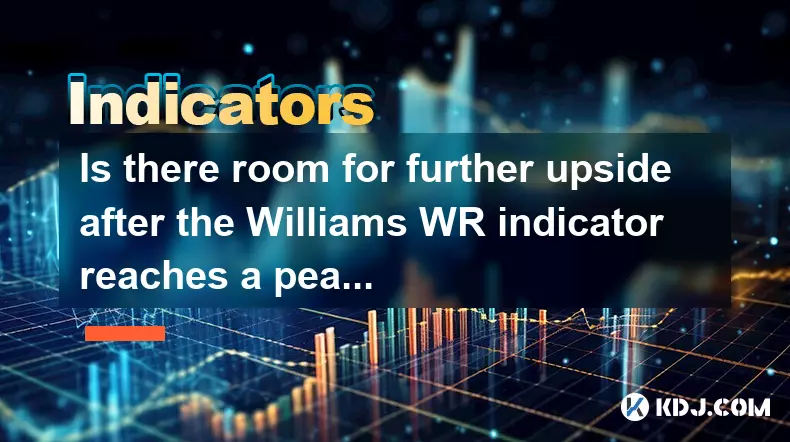
Is there room for further upside after the Williams WR indicator reaches a peak?
Sep 11,2025 at 07:36pm
Understanding the Williams %R in Crypto Markets1. The Williams %R is a momentum oscillator developed by Larry Williams to identify overbought and over...

What is the success rate of a TRIX golden cross?
Sep 11,2025 at 02:18am
Understanding the TRIX Indicator in Cryptocurrency Trading1. The TRIX (Triple Exponential Average) indicator is a momentum oscillator designed to filt...
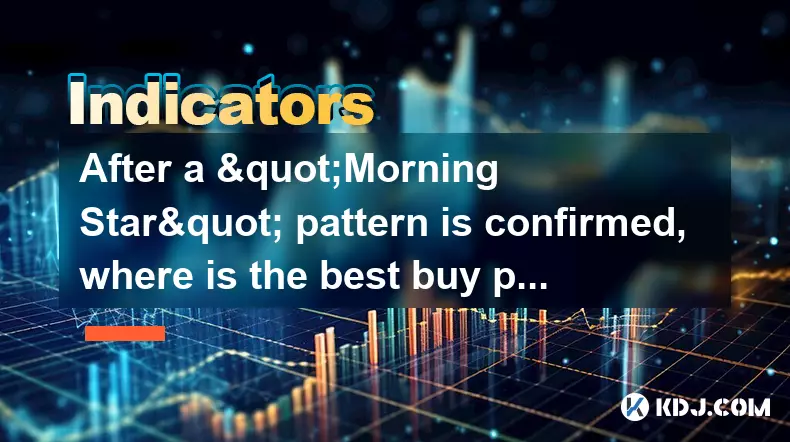
After a "Morning Star" pattern is confirmed, where is the best buy point?
Sep 10,2025 at 06:00pm
Understanding the Morning Star Pattern1. The Morning Star is a bullish reversal candlestick pattern that typically forms at the end of a downtrend. It...
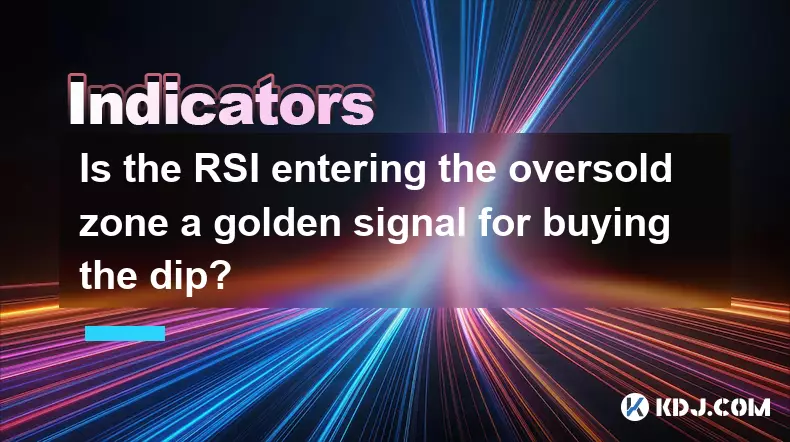
Is the RSI entering the oversold zone a golden signal for buying the dip?
Sep 09,2025 at 02:55pm
Understanding the RSI and Its Role in Crypto Trading1. The Relative Strength Index (RSI) is a momentum oscillator widely used in the cryptocurrency ma...
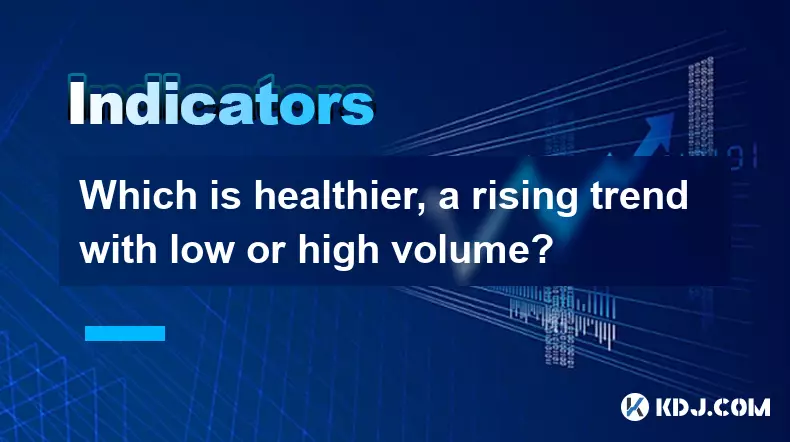
Which is healthier, a rising trend with low or high volume?
Sep 09,2025 at 04:00pm
Understanding Volume in Market Trends1. Volume serves as a critical indicator when analyzing the strength of a rising trend in cryptocurrency markets....
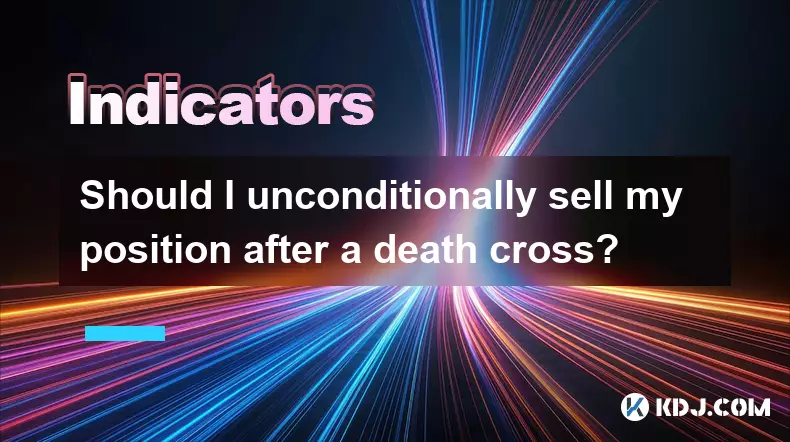
Should I unconditionally sell my position after a death cross?
Sep 11,2025 at 11:00am
Understanding the Death Cross in Cryptocurrency Markets1. The death cross is a technical indicator that occurs when a short-term moving average, typic...

Is there room for further upside after the Williams WR indicator reaches a peak?
Sep 11,2025 at 07:36pm
Understanding the Williams %R in Crypto Markets1. The Williams %R is a momentum oscillator developed by Larry Williams to identify overbought and over...

What is the success rate of a TRIX golden cross?
Sep 11,2025 at 02:18am
Understanding the TRIX Indicator in Cryptocurrency Trading1. The TRIX (Triple Exponential Average) indicator is a momentum oscillator designed to filt...

After a "Morning Star" pattern is confirmed, where is the best buy point?
Sep 10,2025 at 06:00pm
Understanding the Morning Star Pattern1. The Morning Star is a bullish reversal candlestick pattern that typically forms at the end of a downtrend. It...

Is the RSI entering the oversold zone a golden signal for buying the dip?
Sep 09,2025 at 02:55pm
Understanding the RSI and Its Role in Crypto Trading1. The Relative Strength Index (RSI) is a momentum oscillator widely used in the cryptocurrency ma...

Which is healthier, a rising trend with low or high volume?
Sep 09,2025 at 04:00pm
Understanding Volume in Market Trends1. Volume serves as a critical indicator when analyzing the strength of a rising trend in cryptocurrency markets....

Should I unconditionally sell my position after a death cross?
Sep 11,2025 at 11:00am
Understanding the Death Cross in Cryptocurrency Markets1. The death cross is a technical indicator that occurs when a short-term moving average, typic...
See all articles










































































